My 7 step design process for making our skincare and haircare (part one)

I love the design process of taking an idea and turning it into something real. Truth be told though, learning to create products has taken me years! For so many of the products we use, how exactly they're made is kept a secret.
Running my small business Authentic House, creating goods for a sustainable home, it matters to me to be as transparent as possible. That way, you can make up your own mind about the products you use. As a skincare and haircare designer creating low waste products with organic and upcycled ingredients, I wanted to share how I bring my ideas to life. Here's a look inside my 7-step design process for making our skincare and haircare.
1. Starting from scratch with a product idea
Every product I've made so far comes from people I've met or products I've loved but wanted to find an eco-friendly version for. Or conversely, eco-friendly products I've wanted to improve!
I keep a notepad on my phone and a list on Trello where I jot down things people say to me. It can be passing comments at a market, where people are looking for hand cream (something I'll need to work on!) Sometimes a customer shares an idea or I learn about an ingredient I really want to use.
While the idea of picking up the phone makes me shy just typing it, I'm making a habit of chatting with customers twice a year. It's the best place to get ideas and feedback.
Last winter, I was asking people about shampoo bars which I'm releasing in November. It was really helpful as I learnt the belief is most bars are unreliable! Taking that point, I've been thinking about how to make a bar that washes really quickly so you don't come out the shower with a greasy 'transition' look.
If you're reading this as someone wanting to make a product, I'd really recommend Do Penguins Eat Peaches? by Katie Tucker for ideas about testing and the kinds of questions to ask. As a literature student turned cosmetic formulator, if there's ever anything to learn, I'll find a book for it!
2. The best bit: shopping for sustainable ingredients
With a kind of product in my mind, the next step is to go shopping for ingredients, listening out for what's new and a bit of sleuthing too! I like to start with learning about what others are saying about the product I'll make. When I designed my skincare, I'd cook in the evenings listening to dermatologists like Doctorly and Dr Shereene Idriss so I could pick up on their favourite ingredients!
I've now gotten to the stage where friends pull out their skincare stashes to show me. I love to read a label! Then I'll highlight ingredients I don't know in my notebook and go searching for them later on. I'll also make lots of notes watching webinars and doing courses! Really, my ingredients list starts with scribbles.
A note on sustainability in my design process
Something that's confusing even for me is the idea of what ingredients are natural or synthetic. Naturally derived ingredients, like surfactants made from coconut, are synthetic in a way because they're processed on a lab. I tend to look for ingredients that are ideally natural, then naturally derived or nature identical.
As sustainability matters to me, I'll go for ingredients that are COSMOS approved where I have a choice. Even better, if I can get an organic plant oil or water, I will! For me, it's a balance between choosing entirely natural ingredients like oils and butters, while also using naturally derived emulsifiers that help me make creams, bubble up a shampoo or have special properties for our skin.
I also love it when I can find upcycled ingredients for my products. So far, I have ingredients from gin and beer ferments as well as raspberries and blueberries from juice pressing. There are more traditional ingredients that are upcycled too. For example, olive squalane helps use up olive waste from olive oil making.
In my leave-on skincare, I use hydrolats which are often by-products of essential oil making like rose and neroli. They're gentle waters saturated in all the water-soluble elements of the plant that have been used for thousands of years.

3. How I come up with a prototype
I try to move on to making a recipe pretty quickly. Usually, I'll have found a few must-have ingredients for the skin or hair product I'm making and the area they're targeting. For example, I wanted to have rosemary and a vegan keratin alternative in my newest shampoo bar.
Not every ingredient can go together and not every ingredient is affordable. It matters to me to fill my formulas with ingredients that are great for your skin and hair. That said, I'm not going to push the boat out for ingredients that add luxury but don't pull their weight!
For me, creating a formula is closest to completing a jigsaw (albeit one you can play around with!) There's usually a base formula to how a product works, like a cream, gel, oil or solid bar. I'll structure my recipe with what I need to keep the product together. Next, I'll fill in the spaces with juicy ingredients (sometimes literally but not always!) that complement each other.
If you saw my first draft, you'd think it was a bit of an ugly duckling. Usually my early prototypes have everything I'd love to have in a product, but something about them doesn't work. Sometimes I have to get better at my technique too. Sometimes I'll make something that likely won't work, like my squishy conditioner bar, just to see what happens!
Stay tuned for part two of my design process...
While I spent a good half hour staring at this blank page with a cup of tea, turns out I have lots to share about my design process! I hope you've enjoyed learning a little about the thought that goes into the products I create for your skin and hair.
But, to give you a screen break (and because I haven't written it yet!)...
...Part two is coming soon.
In the meantime, if you like seeing behind the scenes in our small business and are thinking about how to create your own sustainable home, make sure to subscribe to my Ideas Book newsletter. It's where I share my weekly thoughts and things that inspire me, plus my latest posts and part two of course!




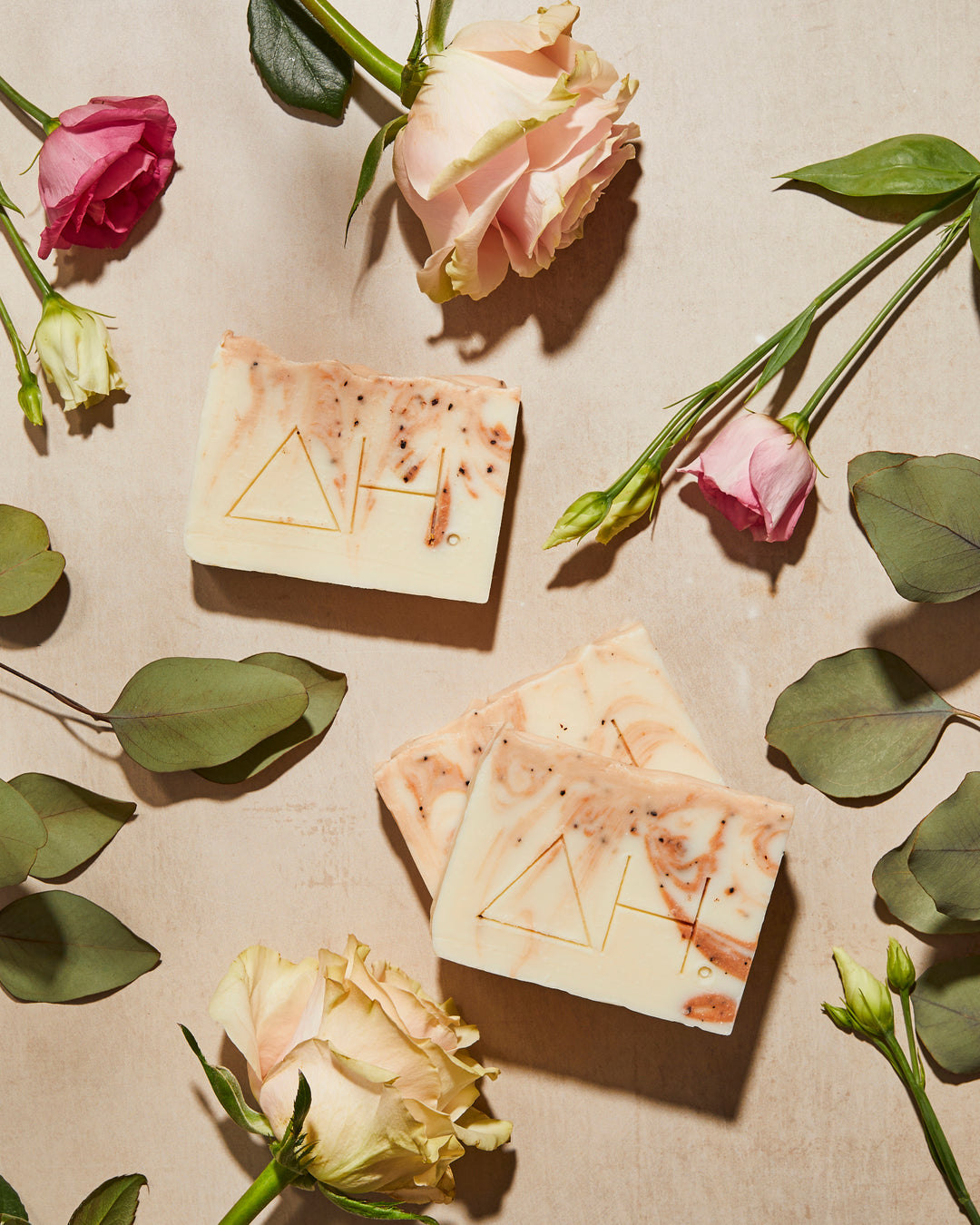
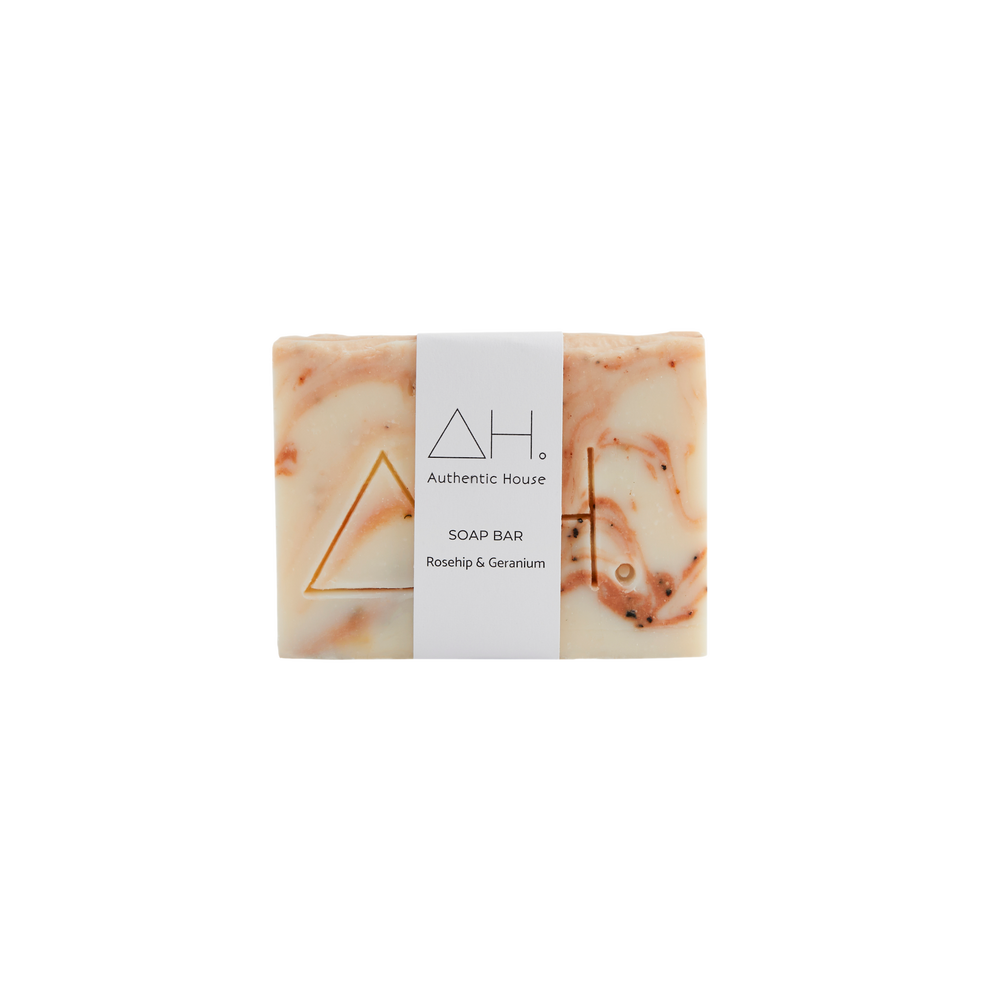



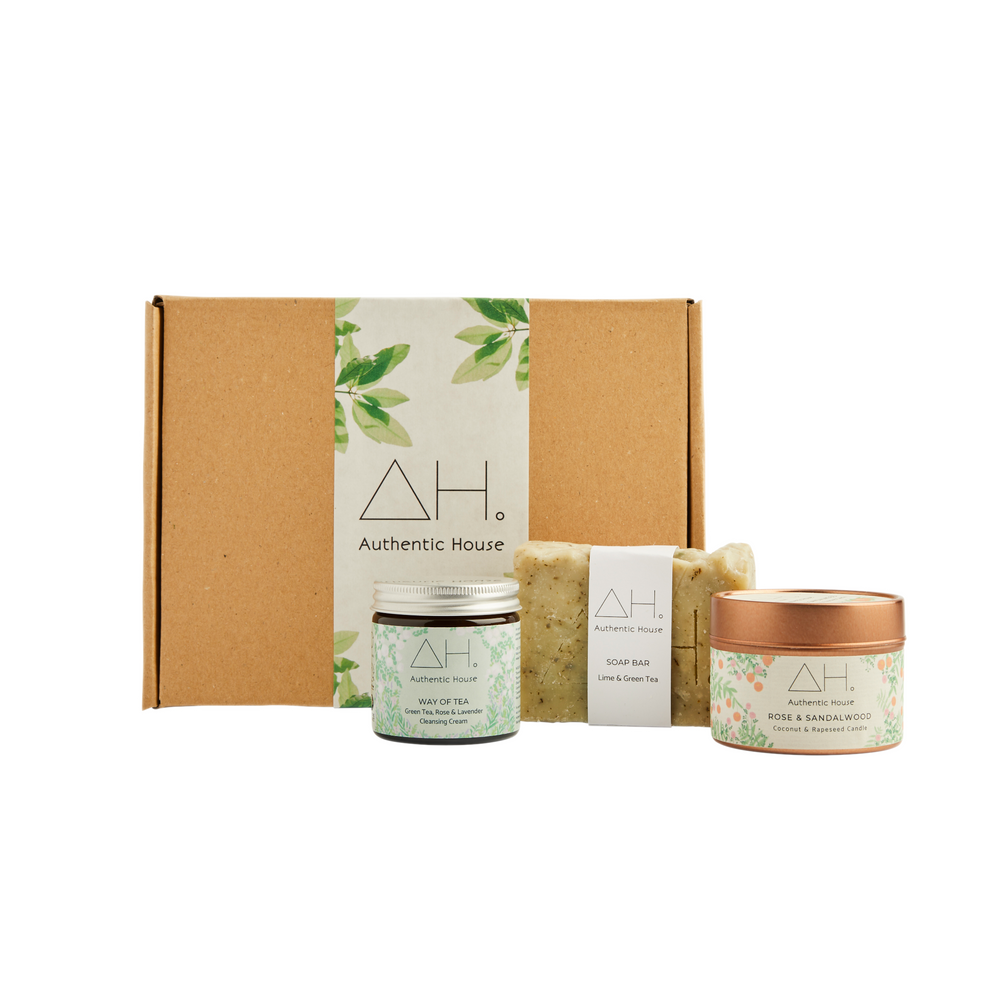
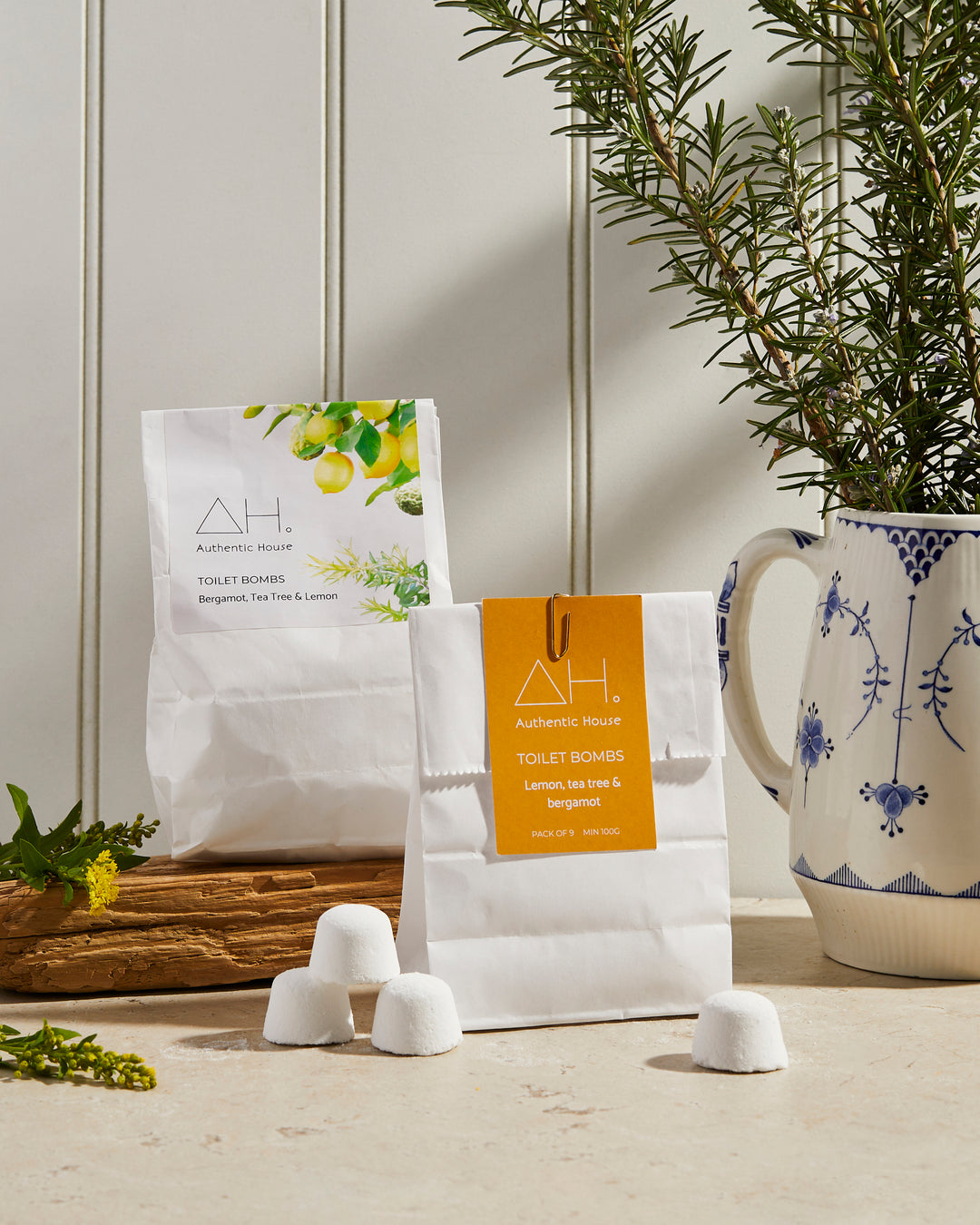



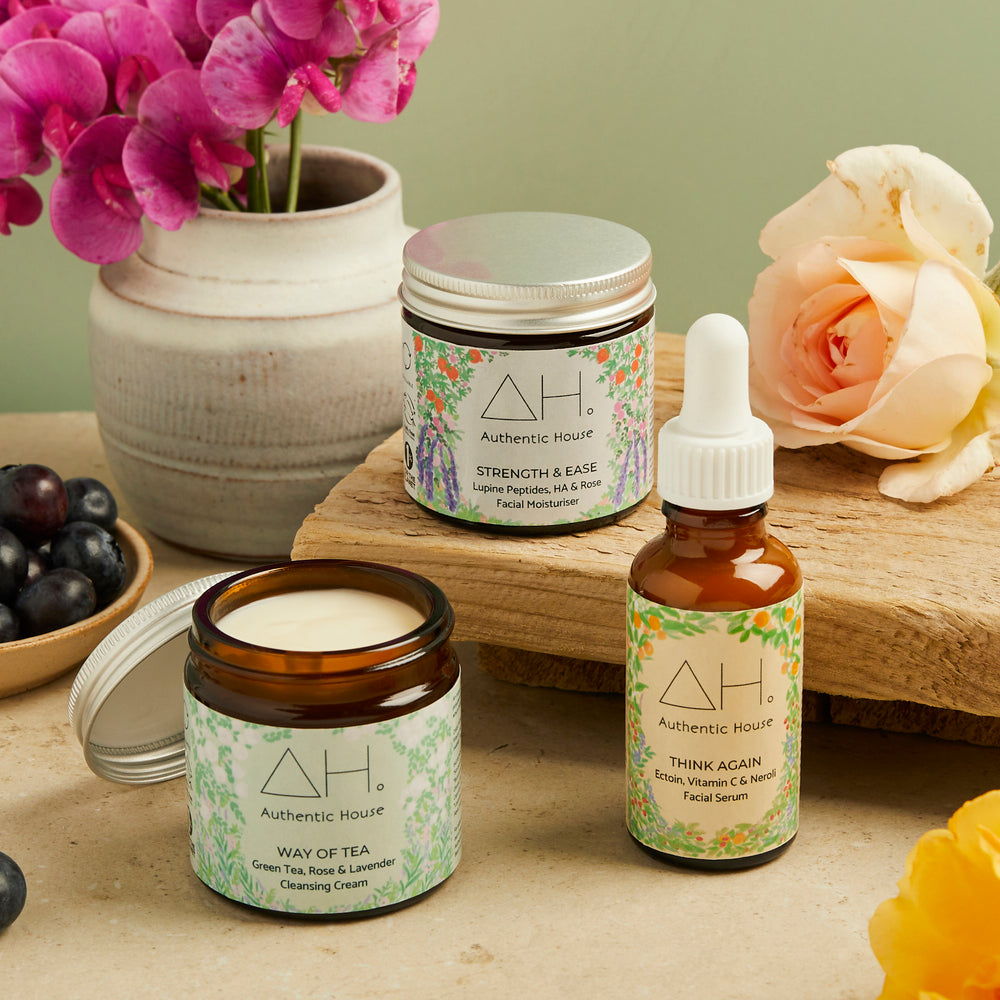




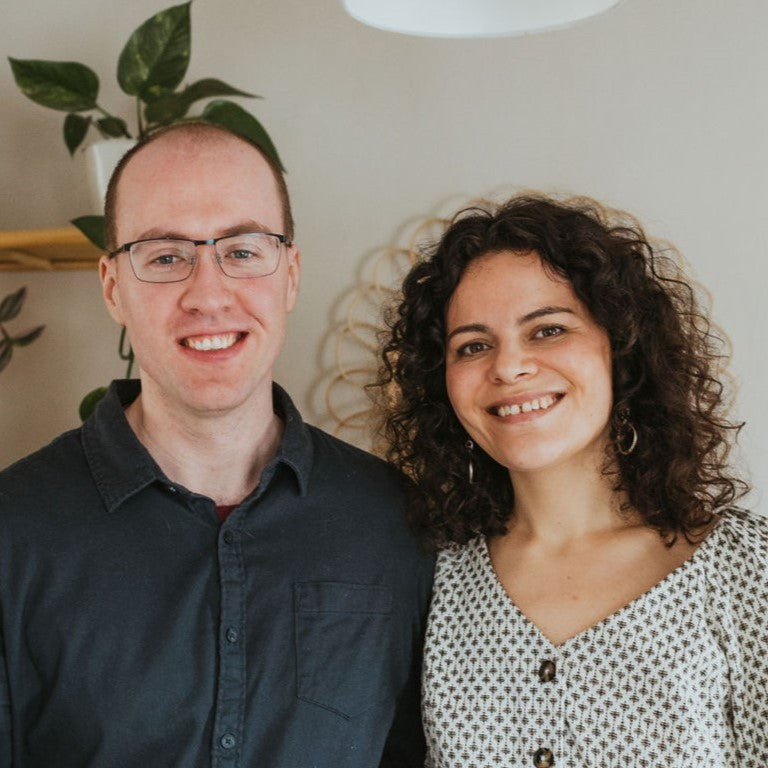
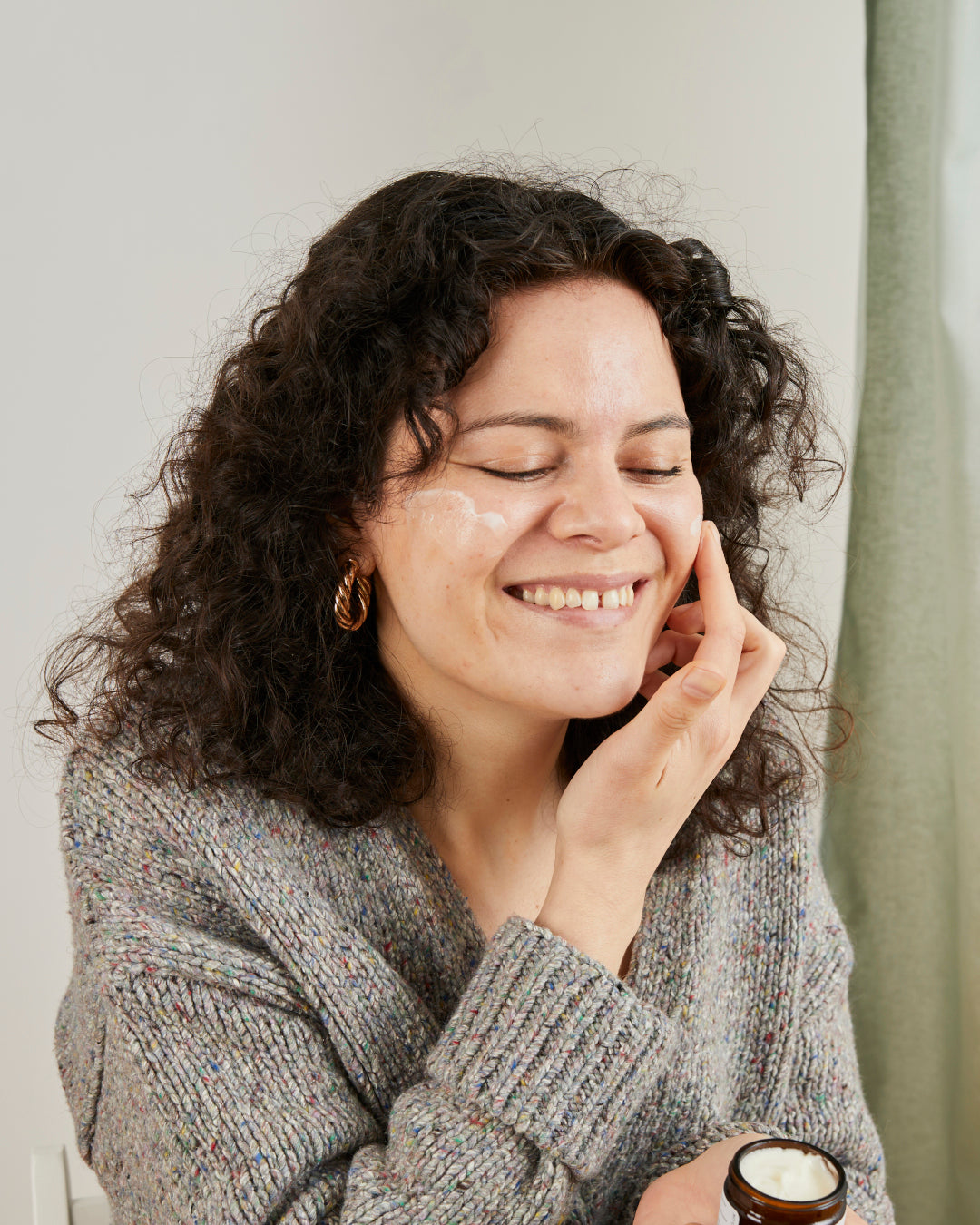

Leave a comment